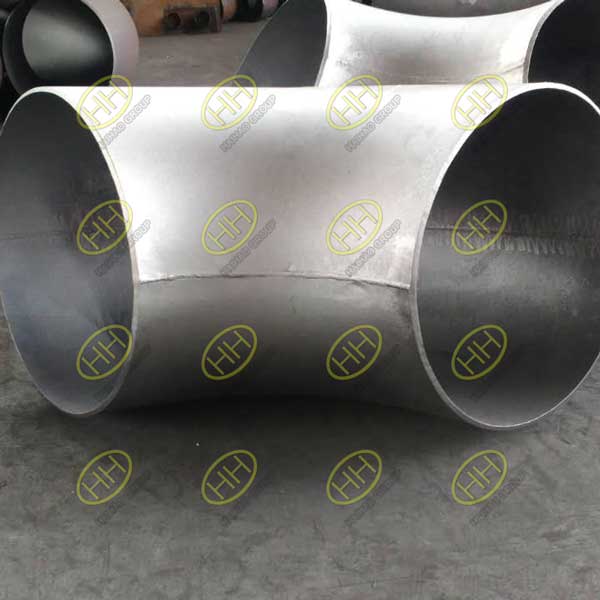How many types of welding stress are there?
Welding stresses are stresses present in welded structures, and they can be categorized based on their causes and nature. Here are the main types:
1.Thermal Stress
Thermal stress arises due to uneven heating and cooling during the welding process. It is an instantaneous stress that varies as the welding progresses, caused by the temperature differences between various parts of the structure.

Manual welding large size elbow
2.Phase Transformation Stress
This type of stress occurs due to uneven phase transformations in the joint area during welding. It is more likely to appear when the carbon equivalent is high or if the welding process is not properly controlled.
Distribution of residual stress in longitudinal welding of cylindrical circumferential seam
3.Constraint Stress
Constraint stress develops due to the restraint imposed by the structure itself or external constraints during the welding process. These restrictions prevent the material from expanding or contracting freely, leading to stress accumulation.
4.Hydrogen-Induced Stress
After welding, hydrogen atoms can accumulate at micro-defects in the welded joint area, causing localized stress. When the hydrogen content is high, it is more likely to occur, increasing the risk of cracking.
5.Welding Residual Stress
Residual stress is the stress that remains within the structure after welding. It is sometimes referred to as welding residual stress because it represents self-balancing internal stress across any section of the structure.
The magnitude and distribution of these welding stresses depend on several factors, such as the welding materials, the properties of the steel (e.g., strength and expansion coefficient), welding methods, heat input, process parameters, welding sequence, and operational techniques. Additionally, the inherent or externally applied constraints, as well as environmental conditions during welding, influence these stresses. Often, they occur in a combined and overlapping manner, complicating their effects.

